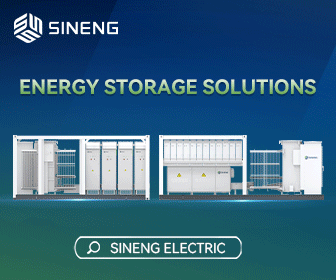Patrick Soon-Shiong, Chairman, NantEnergy Keynote Remarks - Energy Storage Association Conference
Global Responsibility
"Technology should benefit everyone on the planet, not only those fortunate enough to live in wealthy, developed nations or in urban areas. Today, energy storage technology has advanced to a point where it is possible to bring electricity to any part of the world, efficiently and cost effectively."
"The storage industry has the ability and the responsibility to bring affordable, renewable energy to developing countries and disadvantaged communities. We must commit ourselves to this task - but to succeed we also need more concessional financing for developing countries and more innovative rate structures for disadvantage communities."
Zinc Technology / Human Impact
"Even if the economic and energy comparisons were not as favorable for Zinc, the human impact alone would argue irrefutably that Zinc must be the material of choice."
-
There is more energy per molecule (at an atomic level) with Zinc than with lead-acid or lithium-ion.
-
Zinc is less than a quarter of the material cost of lead-acid, and 1/17 the material cost of lithium-ion.
-
Human costs: the relative impact of these materials on humanity (e.g., lead is toxic, components of lithium-ion are sourced from conflict zones, known lithium-ion fire risk).
Business Impact
"Storage is going to become as critical to a business as the Internet. It will be impossible to imagine a business without that resource."
"Besides reducing their energy costs and increasing resiliency, it will be a crucial factor in efforts by business to meet both regulatory and societal goals around climate change."
-
The U.S. experienced 3,526 utility power outages in 2017 - a 62% increase in outages from just 10 years earlier.
-
Power outages cost US businesses more than $57 billion annually (IEEE).
"Every hour a business is without power is an hour of lost revenue for that business and lost wages for the people who work there."
Future of Energy Storage - 5G, IoT and Beyond
"As 5G networks grow and the number of individual nodes explodes, and as they become the backbone of the IoT, it is imperative that these nodes be highly resilient and have a local UPS that also minimizes their environmental and infrastructure impacts."
"We as an (energy storage) industry need to work with the telecom industry, as well as state and federal regulators, to encourage the widespread deployment of environmentally friendly and long-lived energy storage systems for these links."
-
Global telecom network providers will install nearly 113.5 GW of cumulative new distributed generation and energy storage capacity between 2018 and 2027 - equivalent to the capacity of 57 Hoover Dams.
-
Wireless subscribers in Asia Pacific, Latin America, and the Middle East & Africa represent approximately 83% of the expected global growth in wireless customers from 2018 to 2027.
NantEnergy | nantenergy.com









